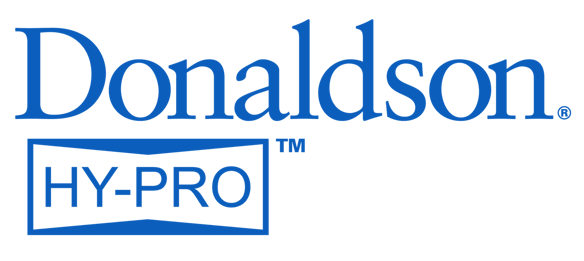 Here at Hy-Pro, we understand the importance of selecting target ISO Cleanliness Codes. That’s why we’ve put together this set of instructions for selecting target codes in case you’re in need of a little help.
Here at Hy-Pro, we understand the importance of selecting target ISO Cleanliness Codes. That’s why we’ve put together this set of instructions for selecting target codes in case you’re in need of a little help.
What is an ISO Code?
An ISO code is a cleanliness code used to quantify particulate contamination levels. It’s a set of 3 numbers, like 19/17/14. Each number represents a level code for the correlating particle size. Each time the code increases, the quantity range of particles is doubling. Similarly, as a code decreases by one, the contaminant level is cut in half. Make sense?
Setting the Target
You can’t shoot a bullseye unless you see the target, right? Thus, your first objective is setting the target. You do that by identifying the most sensitive component in your system (usually a valve or pump). If you’re not sure, you can check the cleanliness code from the manufacturer. You’ll want to follow those recommendations; otherwise, they won’t honor your warranty.
You also need to check the most sensitive component supplied by a central reservoir. If a central reservoir supplies several systems, the overall cleanliness must be maintained. Otherwise, the most sensitive component must be protected by filtration that cleans the fluid to the target before reaching that component. It’s imperative that you protect the “weakest” part.
But Wait...There’s More!
You didn’t really think it was that simple, did you? There are obviously other considerations that need to be taken into account. Component manufacturers’ guidelines and extensive field studies for standard industrial operating conditions in systems using petroleum-based fluids recommend conservative target ISO cleanliness codes. If a non-petroleum-based fluid is used (like water glycol), the target ISO code should be set one value lower for each size (4/6/14). If a combination of the following conditions exists in the system, the ISO code should also be one value lower:
- Component is critical to safety or overall system reliability
- Frequent cold start
- Excessive shock or vibration
- Other severe operation conditions
What are your goals?
When setting target ISO codes, it’s important to keep in mind the objectives to be achieved. Maximizing equipment reliability and safety, minimizing repair and replacement costs, extending useful fluid life, satisfying warranty requirements, and minimizing production downtime are all attainable goals. Once a target ISO cleanliness code is set, follow a progression of steps to achieve your target. If you monitor progress regularly, you’ll no doubt meet your goal! Make an impact on reliability by controlling contamination.
By analyzing your most sensitive components (and other extreme conditions) and setting your goals, you're off to a great start with selecting your target ISO code!
Need help selecting your target ISO Cleanliness Code?







